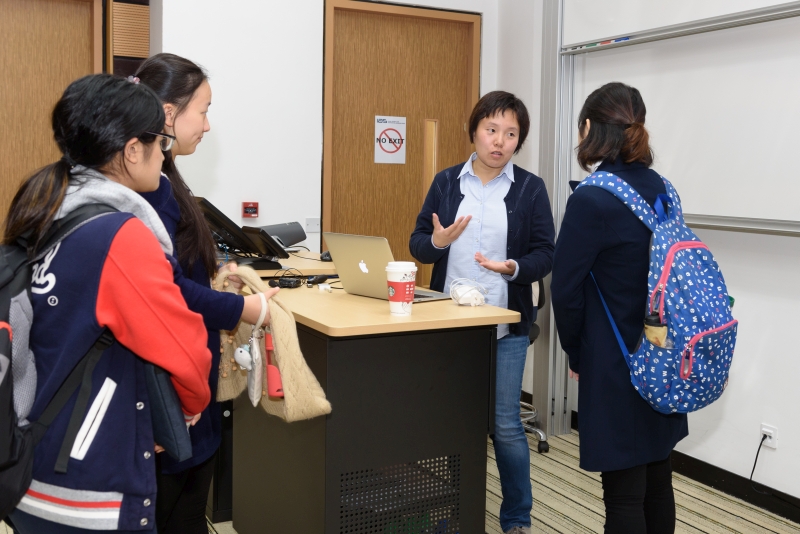Molecular Mechanisms of the Circadian Rhythm - 2017 Nobel Prize in Physiology or Medicine
Abstract
Our bodies, and every cell in them, can tell time. They do this by "reading" a circadian clock that runs in us and in all living organisms on our planet. This year's Nobel Prize in Physiology or Medicine to Jeffery Hall, Michael Rosbash and Michael W. Young celebrates science's discovery of what makes the clock tick. The story began in 1971 with a genetic screen in fruit flies. Seymour Benzer and his graduate student Ronald Konopka isolated the first circadian mutant, period, in which the regular daily cycle is scrambled. This year's Nobel Laureates are recognized for cloning the period gene in 1984. This advance provided a critical key that unlocked the molecular mechanism regulating circadian rhythm, and during the following years, this year's laureates uncovered more clock components and elucidated the mechanistic circuitry of the circadian clock. It might seem like clocks in flies have little relevance to physiology or medicine, but the circadian clock discovered in fruit flies is remarkably conserved from fungi to humans and governs many aspects of our health.
About the speaker
Dr. Yan Yan received her bachelor's degree in Life Science from Peking University, followed by her PhD degree in Molecular Biology from Princeton University. She received her training as a Drosophilist and uncovered several novel regulators in Notch and Hippo signaling pathways through genetic screens. Her laboratory at HKUST studies organ growth and morphogenesis using systems biology approaches.











